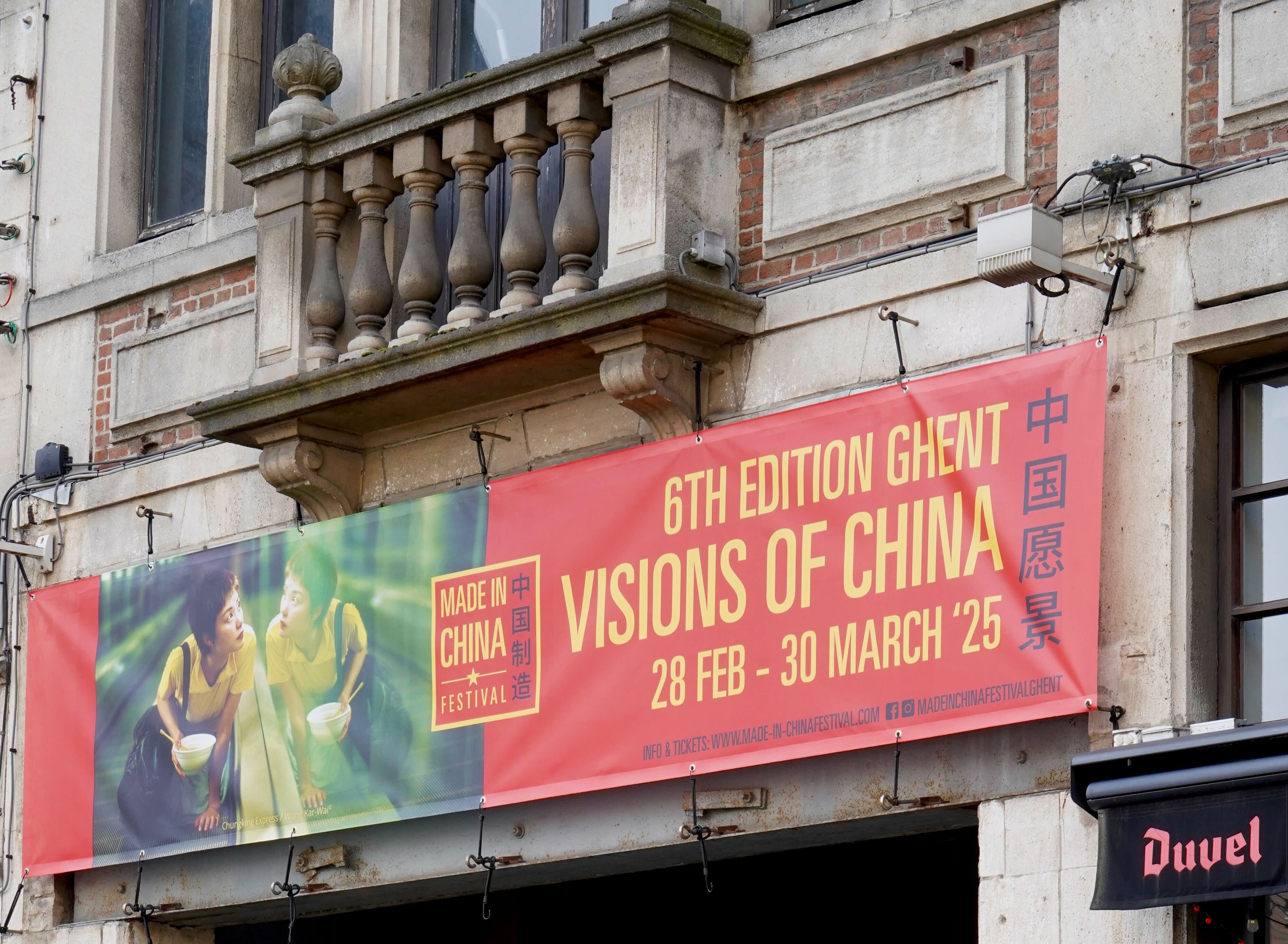“Reversible poems”, lyrical suicide notes, and a 29×29 character poetry matrix from the fourth century all feature in a fascinating new article in The Times Literary Supplement by Nan Z. Da, assistant professor of English at University of Notre Dame, and a student and teacher of American and Chinese literature, literary theory, and Chinese and Western philosophy and social theory.
Nan uses a clutch of recently published tomes on Chinese verse to launch an engaging exploration of the poetry of exile and imminent death, of “harm, lovesickness and an aesthetic of squandering in Chinese poetry”.
Sound a little heavy? Maybe. But as Nan writes:
Maybe one does not have the training to catch all the allusions (to both Chinese and foreign literature and history), maybe one does not read difficult Chinese, or maybe one does not read Chinese (or poetry) at all. None of this is to suggest that we should not try.
It’s well worth a read of the full article, but if we had to pick out one highlight it’d be the examination of Su Hui’s “Armillary Sphere”, “an 841-character matrix nesting poems that can be made multi-directionally”. The extraordinary work of wordsmithery, which looks a bit like a Ding Yi painting or a piece by Xu Bing, “is able to generate 2,848, 3,120, 3,752, 3,800, or 7,658 poems, depending on whom you ask” and each of the works “are calculated to start at different places in accordance with the movements of the constellations”.
Here’s the full piece:
You might also like:
 On World Poetry Day, 3 Chinese Poets You Might Not KnowOn World Poetry Day, here are three figures whose prose makes for a good starting point if you’re planning a deep dive into the world of Chinese poetryArticle Mar 21, 2018
On World Poetry Day, 3 Chinese Poets You Might Not KnowOn World Poetry Day, here are three figures whose prose makes for a good starting point if you’re planning a deep dive into the world of Chinese poetryArticle Mar 21, 2018
 Food Delivery Driver Crowned Champion of CCTV’s “Chinese Poetry Competition”Article Apr 06, 2018
Food Delivery Driver Crowned Champion of CCTV’s “Chinese Poetry Competition”Article Apr 06, 2018
 Hong Kong Literary Giant Liu Yichang Passes Away at 99Article Jun 10, 2018
Hong Kong Literary Giant Liu Yichang Passes Away at 99Article Jun 10, 2018
















